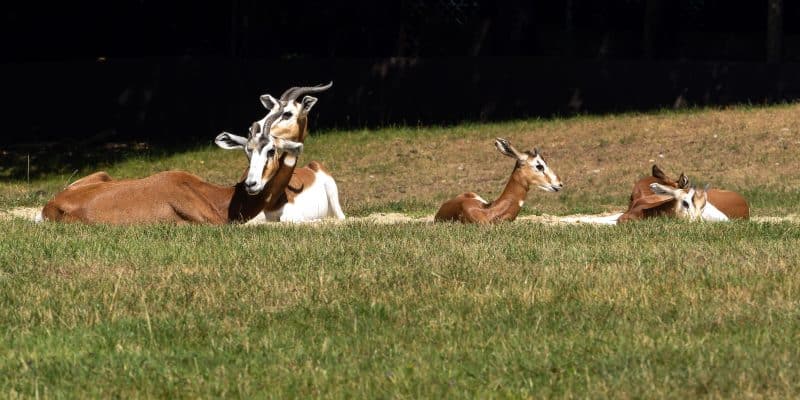An action plan for the conservation of Sahelo-Saharan wildlife and its habitats will be presented at the 14th United Nations Convention on Migratory Species of Wild Animals (CMS), scheduled for 23-28 October 2023 in Uzbekistan. The said plan has already been adopted by 24 African countries, during the third high-level regional seminar on the conservation and restoration of Sahelo-Saharan megafauna, from 14 to 16 March 2023 in Agadir, Morocco.
The countries of the Sahelo-Saharan zone are establishing a strategic action plan to preserve their endangered wildlife. This was the outcome of the third high-level regional seminar on the conservation and restoration of Sahelo-Saharan megafauna, held from 14 to 16 March 2023 in Agadir, a city located in southern Morocco. Organized by the National Agency for Water and Forests (ANEF) of Morocco, in collaboration with the Secretariat of the United Nations Convention on Migratory Species of Wild Animals (CMS), the meeting that brought together 24 African countries had one main objective. To adopt an action plan for the conservation of the Sahelo-Saharan megafauna and its habitats, as mandated by the COP13 of the CMS Convention.
The Sahelo-Saharan zone is one of the driest and most biodiverse regions in the world, where several antelope species are either extinct or have a precarious global status. “By working together, countries can develop effective conservation and management strategies to protect these migratory species and their habitats,” says Abderrahim Houmy, Anef’s executive director.
Among the eight species targeted by the draft concerted action plan for the protection of Sahelo-Saharan megafauna, six are present in Morocco, namely the oryx algazelle, addax, dama gazelle, Cuvier’s gazelle, dorcas gazelle and Barbary sheep. For its implementation, this action plan will be presented at the 14th UN Convention on Migratory Species of Wild Animals (COP14), scheduled for 23-28 October 2023 in Uzbekistan.
The addax, a particularly targeted species
In addition to desertification which destroys the living environment of wildlife, poaching is also a major factor in the decline of species. This phenomenon has intensified in a context of growing insecurity in the region. In 2011, the collapse of Libya led to an exodus of armed militias equipped with off-road pickups into neighboring countries and into areas with significant wildlife. The situation has led to further insurgencies in Mali and northern Nigeria, adding to regional instability. The addax’s previously remote habitats have become a major hub for the illegal wildlife trade, arms, drugs and migrant smuggling.
Reda also-AFRICA: Climate change threatens security in West and Sahel
The situation for addax has deteriorated significantly since 2010. At the time, an initial round of surveys estimated the population at 200 animals. But surveys conducted in March 2016 in the main addax habitat areas, could only identify three antelopes, according to experts from the International Union for Conservation of Nature (IUCN).
Boris Ngounou






